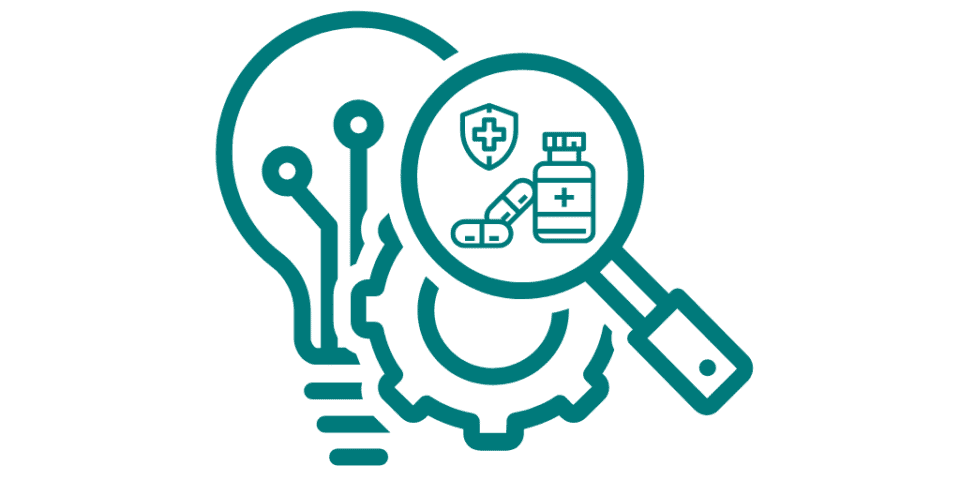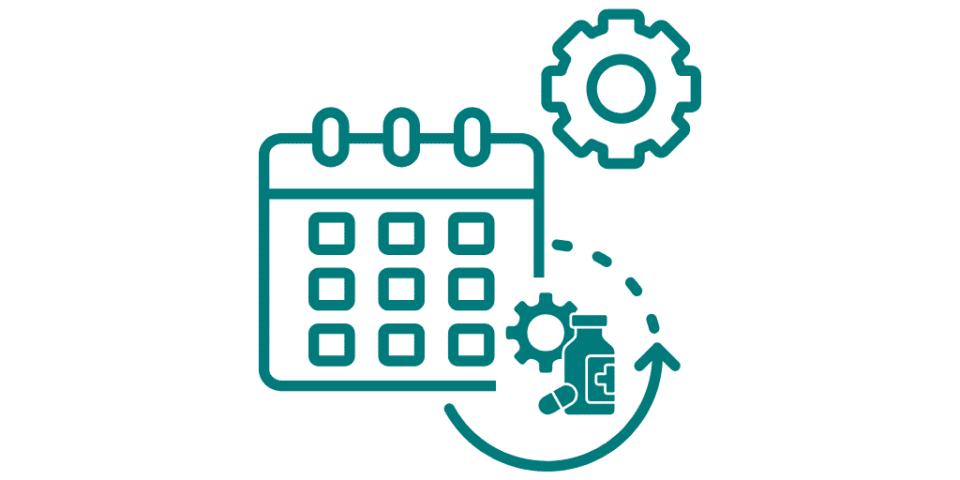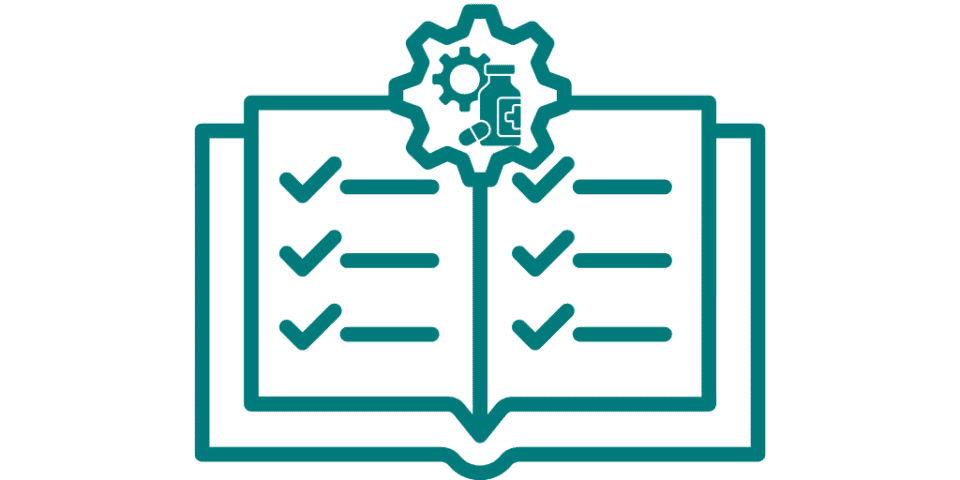On April 12, 2023, BeNeLuxA1 announced that negotiations failed to secure reimbursement for Libmeldy, a gene therapy developed by Orchard Therapeutics for the treatment of metachromatic leukodystrophy, on grounds of price. In the UK, an initial application to NICE was rejected as well back in 2020. This is a huge disappointment for patients, and this is also an illustration of the convergence trend in Europe regarding access to medical products. This trend materializes in many areas of market access, with transformative implications for pharma and devices manufacturers. At a high level, this makes organization, planning and decision-making more complex for pharma, since country level expertise is still critical to navigate areas entrenched in national health systems, with regional coordination more critical than ever.
Converging Trend in Market Access in Europe
We observe a converging trend impacting the evolving landscape of market access in Europe, with three examples of how it manifests:
From January 20252, for Advanced Therapy Medicinal Products (ATMPs)3 and Oncology products, the first step of the health technology assessment, the clinical benefit assessment, will be conducted jointly, as per a permanent EU framework. What makes this new regulation different from previous programs of cooperation on HTA is that the framework is permanent. That means this regulation paves the way for broader application of centralized approaches, e.g. broader therapy areas and broader technologies.
Another area where the convergence trend is strong is the future harmonization for digital health: Since the adoption and reimbursement of digital health is progressing at a different pace across the EU, driven notably by Germany, there is a European impetus to address a growing gap in access to digital health and care, impacting notably medical devices and technologies manufacturers.4
A third manifestation of this convergence is the launch of the DARWIN coordination center, to support the integration of real-world evidence into the assessment of medicines. The DARWIN EU’s objectives for 2023 focus on its role as research and data node, and specifically on increasing its collaboration with HTA5 bodies and payers, which will lead to change in how real-world evidence is used for access purposes.6
As the trend impacts medicines, digital technologies and data, the implications are material for our clients, both MedTech and pharma, including:
- An increased need to coordinate market access activities and clinical development plans as the selection of comparators and outcomes in development programs will be even more critical in a system where regional assessment is mainstream
- A need to plan even earlier market access activities since the clinical assessment dossiers will have to be submitted ahead of the Committee for Medicinal Products for Human Use (CHMP) decision
- A change in the dynamics for global Integrated Evidence Generation planning, since timelines have shifted and EU countries are aligned for this clinical assessment
Country-Driven Activities Need More Specific Market Access Expertise
Pricing and reimbursement in Europe are still a domain of national sovereignty, requiring local engagement with authorities and meeting their specific expectations of health economic data supply. Additional activities critical to market access, such as mechanisms to support the adoption of innovation are also driven at country or sub-country level: Early Access Programs and Alternative funding sources.
Early Access Programs (EAPs) aim to ensure continuous supply for patients enrolled in trials until the product becomes authorized in their country. The concept has been expanded to additional benefits, such as broadening access for patients who need timely access, and it is also an opportunity for patients, clinicians and manufacturers to learn more about their product ahead of the full launch.
Despite similar mechanisms across countries, EAPs frameworks are inconstant evolution, which has implications for our clients:
- Need to navigate the changing regulatory requirements of EAPs and coordinate planning with market access activities
- Need to consider the option to collect real world evidence, a possible enabler of future successful market access, with implications for regional and global coordination
While public and private payers pricing and reimbursement is still the keystone for access to medical products, many countries have devised alternative funding sources to enable adoption of innovation in health, such as the AHSNs (Academic Health Science Networks) across England, or the French Article 51. Each source and fund have its own setup within different health systems, and they have different inclusion criteria. They are attractive for innovators, even though for most pharmaceutical and medical devices manufacturers can only seek funding for their product as part of a broader care innovation, such as a transformed care pathway for example. Alternative funding sources can be instrumental to timely adoption of innovative medical solutions, yet they represent an additional set of challenges to navigate for our clients, including the emerging need for manufacturers to demonstrate not only their impact on a health budget, but the opportunity the products represents to change the system.
At ProductLife Consulting, we view this tug of war between convergence driven at European level, and the entrenched areas of national sovereignty as a challenge for our clients, which we believe will intensify in the near future, which means our clients will need regional and national expertise support in market access.
For information on what the ProductLife Group can offer you, please get in touch with us. Our clients can benefit from our local and regional expertise. We will be happy to support you in your promotional activities, checking against the national codes of conduct of the industry and EU countries like the Netherlands, France, Italy, Germany, Spain and many more!





